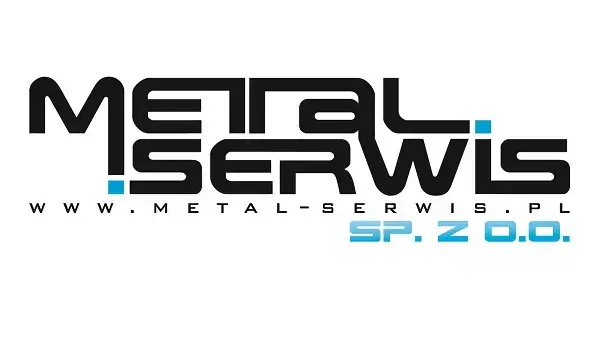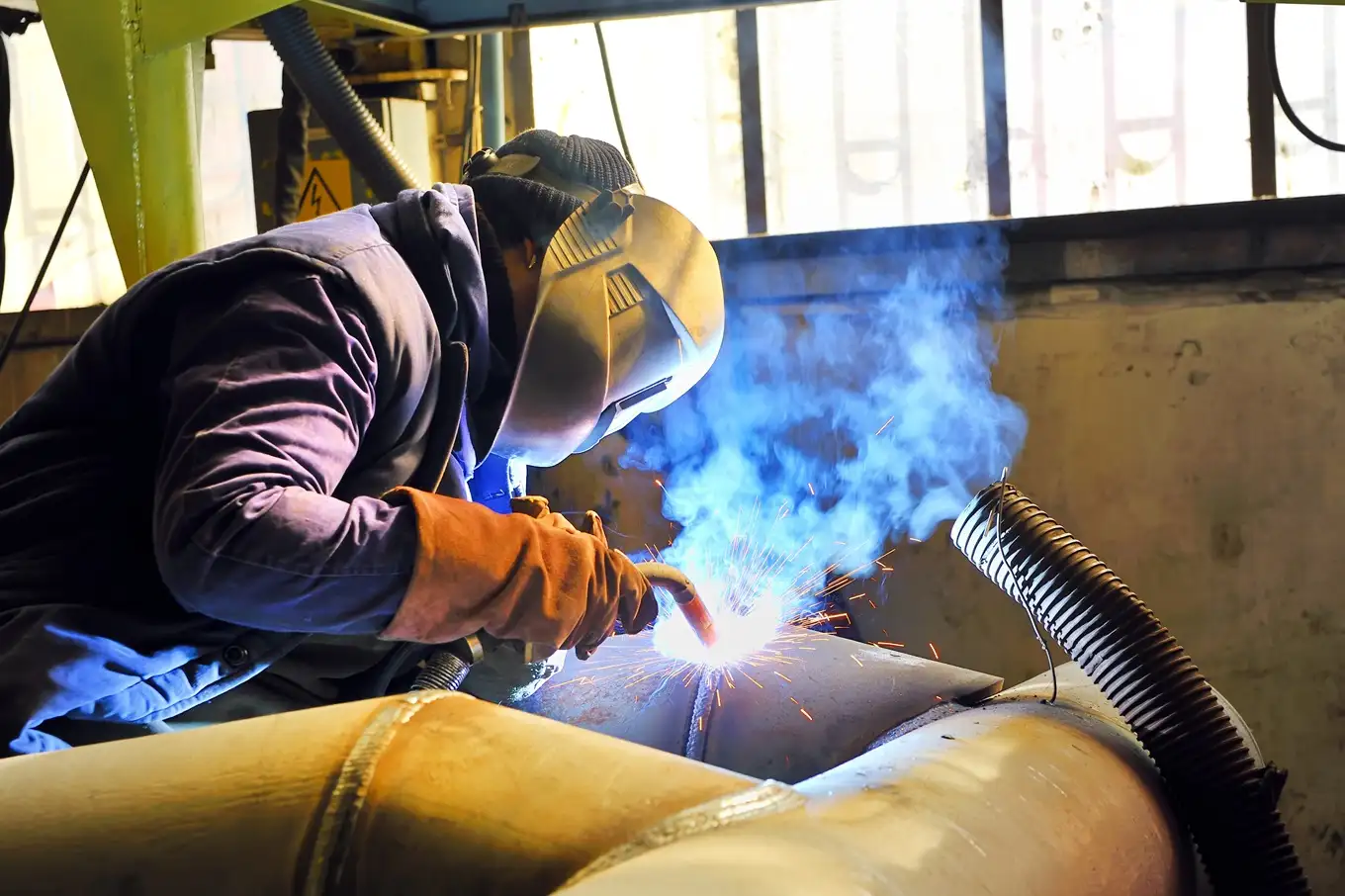Welding is one of the most important methods of joining materials, and in the welding industry, MIG/MAG and TIG techniques are most commonly used. These two methods differ not only in process but also in application, level of precision, and type of materials used. Both MIG/MAG and TIG have their advantages and disadvantages, which make them preferred in different situations. Comparing these two techniques allows for a better understanding of when and why to use each of them. Metal welding services are available in the offer of Metal-Serwis company. Let’s take a closer look.
MIG/MAG Welding
The MIG (Metal Inert Gas) and MAG (Metal Active Gas) welding methods involve using an electrode in the form of a wire that is automatically fed into the welding area. The difference between them lies in the type of shielding gas – MIG uses an inert gas such as argon, while MAG uses active gases such as carbon dioxide or their mixtures. Thanks to the use of shielding gas, the electric arc is stable, allowing for faster and more efficient welding.
MIG/MAG welding is often used in industry because it enables quick joining of materials such as steel, aluminum, or copper. This technique is particularly popular in industries where production speed is important, such as automotive, shipbuilding, or steel construction. A major advantage of this method is the ability to weld both thin and thick sheets, making it a versatile and efficient technique. However, a disadvantage may be lower precision compared to other methods, which means that MIG/MAG is not always suitable for more delicate tasks.
TIG Welding
TIG (Tungsten Inert Gas) welding uses a non-consumable tungsten electrode, and the electric arc is formed between it and the material being welded. In this method, the shielding gas is most often argon, which protects the weld from contamination. TIG welding does not use automatically fed welding wire – if additional filler material is required, it is fed manually. This process requires high precision and experience from the welder, which is why it is used where high weld quality is important.
The TIG method is often chosen for joining thin materials such as stainless steel, aluminum, and other metal alloys. TIG welding provides aesthetic and very durable welds that are free from contamination and air bubbles. Due to its precision, it is often used in industries where joint quality is crucial, such as in the aerospace, food, chemical industries, or in the production of decorative elements. The downside of this method is lower efficiency and higher technical requirements for the welder, which makes it more time-consuming than the MIG/MAG technique.

